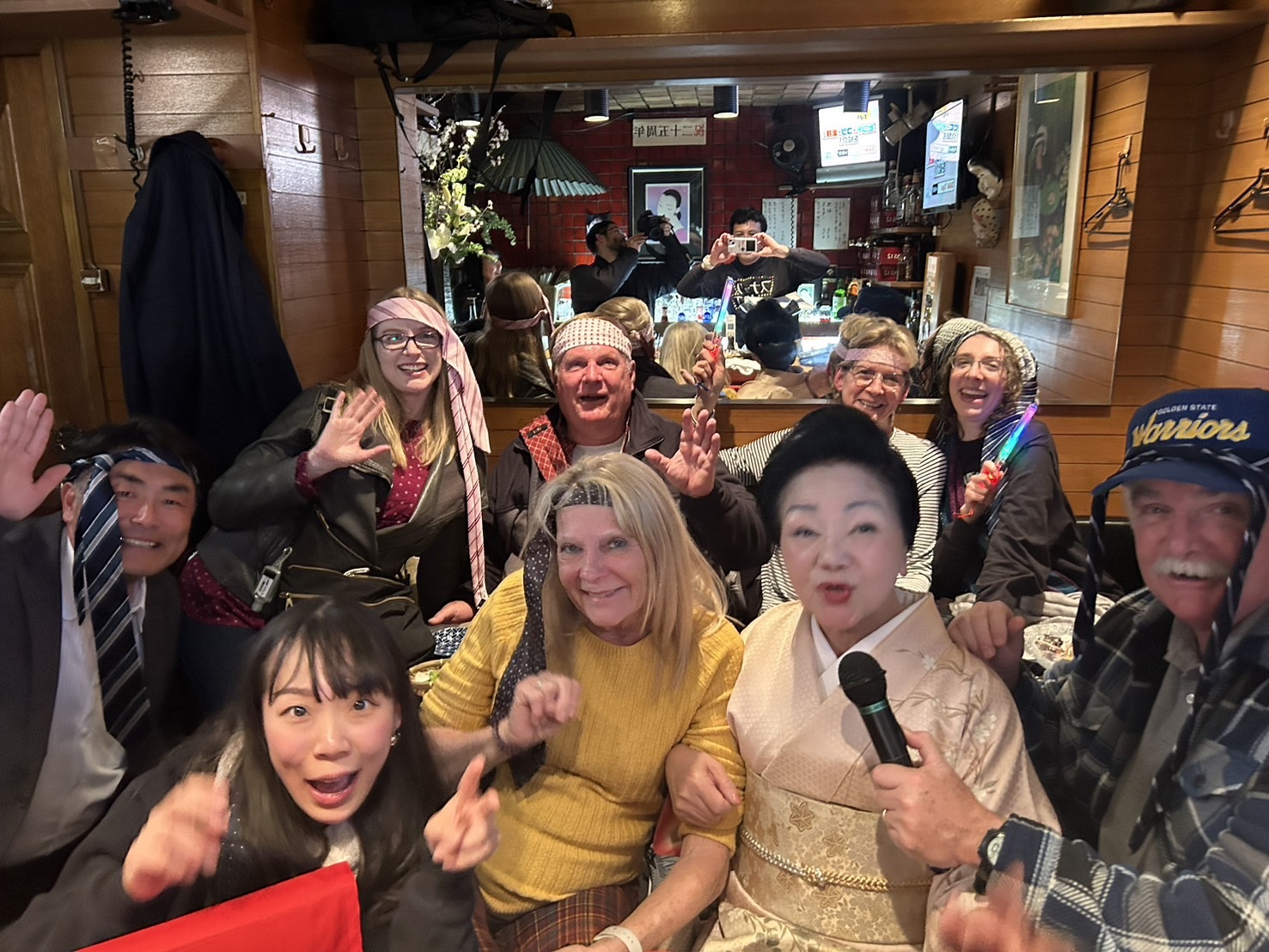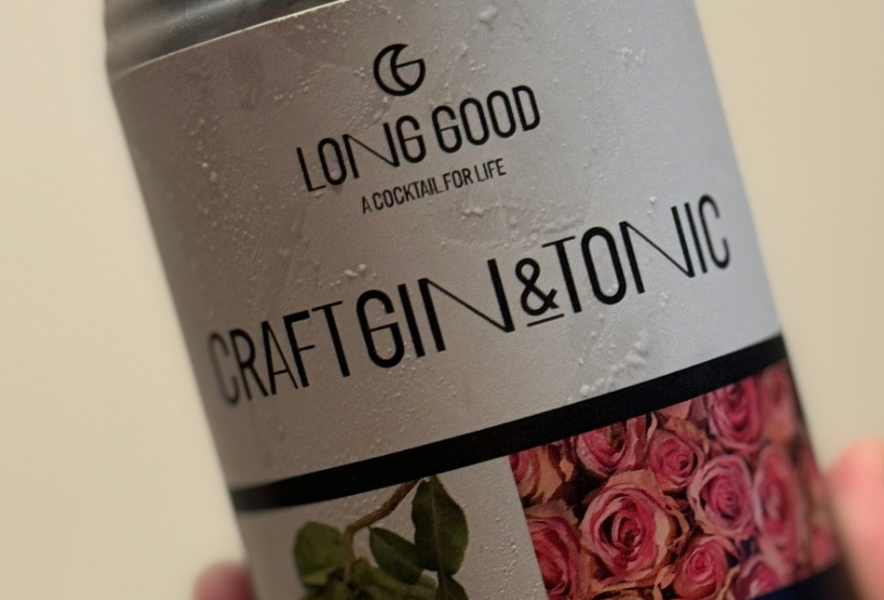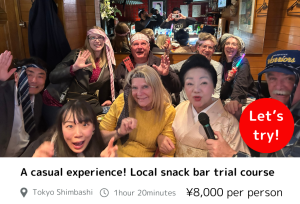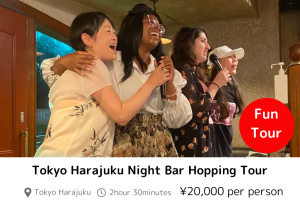In recent years, Ready-to-Drink (RTD) cocktails have evolved far beyond their mass-market origins. Once considered a quick fix or a party staple, today’s RTDs—especially those in cans—are gaining recognition as carefully crafted, premium beverage options. The movement has taken root in the U.S., U.K., and parts of Europe, where bartenders, distilleries, and beverage innovators are pushing the limits of what a canned drink can be.
In Japan, convenience stores have long offered an impressive variety of canned alcoholic beverages—from chu-hai to highballs—but the category is now ripe for transformation. As interest grows globally, it’s worth asking: could Japan take this trend to the next level?
Here are three key developments shaping the future of RTD canned cocktails and why Japan may be uniquely positioned to lead the next wave.
Contents
Craftsmanship in a Can: From Dive Bars to Boutique Labels
In the U.S., independent distilleries and celebrity bartenders have begun to launch their own canned cocktails, using high-quality spirits, house-made syrups, and natural ingredients. These RTDs often feature well-balanced flavor profiles and stylish branding that appeals to young urban drinkers looking for a premium experience without going to a bar.
The demand for authenticity and quality has shifted expectations: canned doesn’t mean compromised. For example, a yuzu gin fizz made with artisanal gin and fresh citrus juice can be just as satisfying as one mixed at a top-tier bar.
In Japan, where craftsmanship is deeply rooted in beverage culture—from sake to shochu to whisky—the potential for authentic, locally inspired RTDs is enormous. Imagine a canned cocktail using umeshu from Wakayama or a blend of green tea liqueur and yuzu soda.
The Surprising Popularity of Japan’s “Strong” Canned Drinks Abroad
Japanese high-alcohol chu-hai (shochu highball) products—often with an ABV of 7–9%—have found unexpected fans overseas, particularly among American drinkers. Tourists returning from Japan often rave about these drinks, with some even importing them unofficially or seeking out local Asian grocery stores that carry them.
Why the appeal? It’s a combination of strong alcohol content, bold flavors like grapefruit or ume (plum), and the sleek, convenient packaging. In a market saturated with sweet, watered-down cocktails, Japan’s canned chu-hai offers a punchy, grown-up alternative.
As more Western consumers embrace higher-ABV drinks and value portability, the Japanese chu-hai format could be reimagined as a global luxury RTD—especially if paired with higher-quality ingredients and modern design.
Sustainability & Design: Japan’s Aesthetic Advantage
Canned beverages are not just about convenience; they’re also seen as more environmentally friendly than bottled cocktails, particularly when aluminum recycling systems are in place. With growing global awareness of sustainability issues, eco-conscious packaging is a must.
Japan has long excelled in packaging design—from minimalist bento boxes to elegant sake bottles—and the same attention to detail can easily be applied to RTDs. Imagine a collection of canned cocktails that not only taste refined but also feature seasonal motifs, regional inspirations, and biodegradable labels. That kind of aesthetic sophistication could distinguish Japanese RTDs on the global stage.
Conclusion: Japan’s Opportunity to Lead the Premium RTD Market
The global appetite for well-made, portable, and visually appealing cocktails is only growing—and Japan has all the ingredients to stand out. With a culture that celebrates precision, flavor harmony, and seasonal awareness, the next evolution of RTD cocktails could very well be born in Tokyo or Kyoto, not Brooklyn or London.
For Japan’s drink producers, both large and small, this is a moment to reimagine the canned drink not as cheap and cheerful, but as elegant, functional, and export-ready. Whether it’s a sakura-infused highball or a sparkling sake with sudachi zest, the world is ready to crack open something new.
Let’s go to Izakaya and a Japanese Snack-bar with a fun guide!!
You can enjoy many kinds of drink at Izakaya and drinking culture Snack Bars, beloved by many but you can’t enter without a guide. You can enjoy communication with the owner and other customers, as well as singing karaoke, allowing for a relaxing time.
Most snack bars have a policy of refusing entry to foreigners. However, with a tour, you’ll have a guide, so you can enter with peace of mind.
When visiting Japan, don’t just check off the tourist spots –
dive into local experiences for an unforgettable journey!

Once you experience it, you’ll be captivated too! The charm of snack bars.

New encounters with people! The camaraderie of singing at a snack bar! Conversations with the mama-san!





